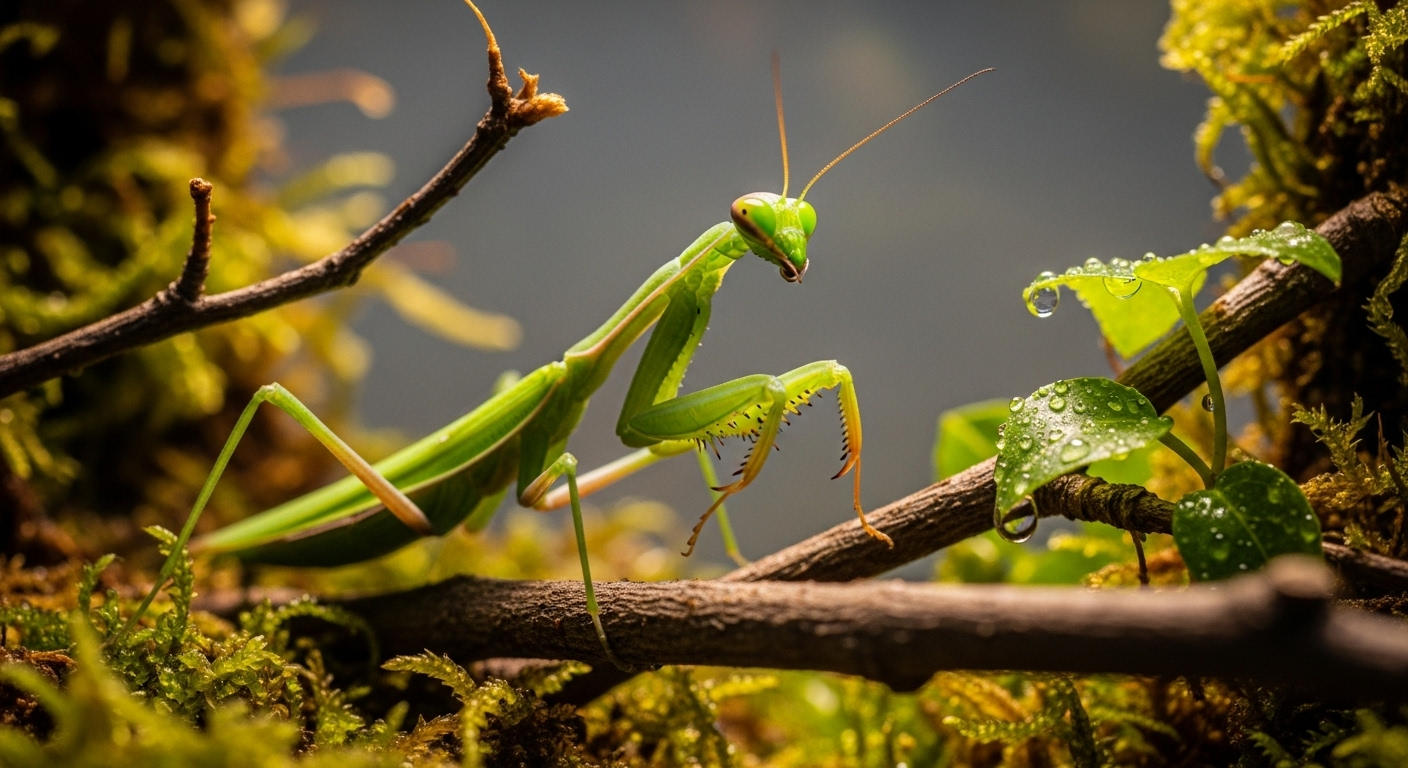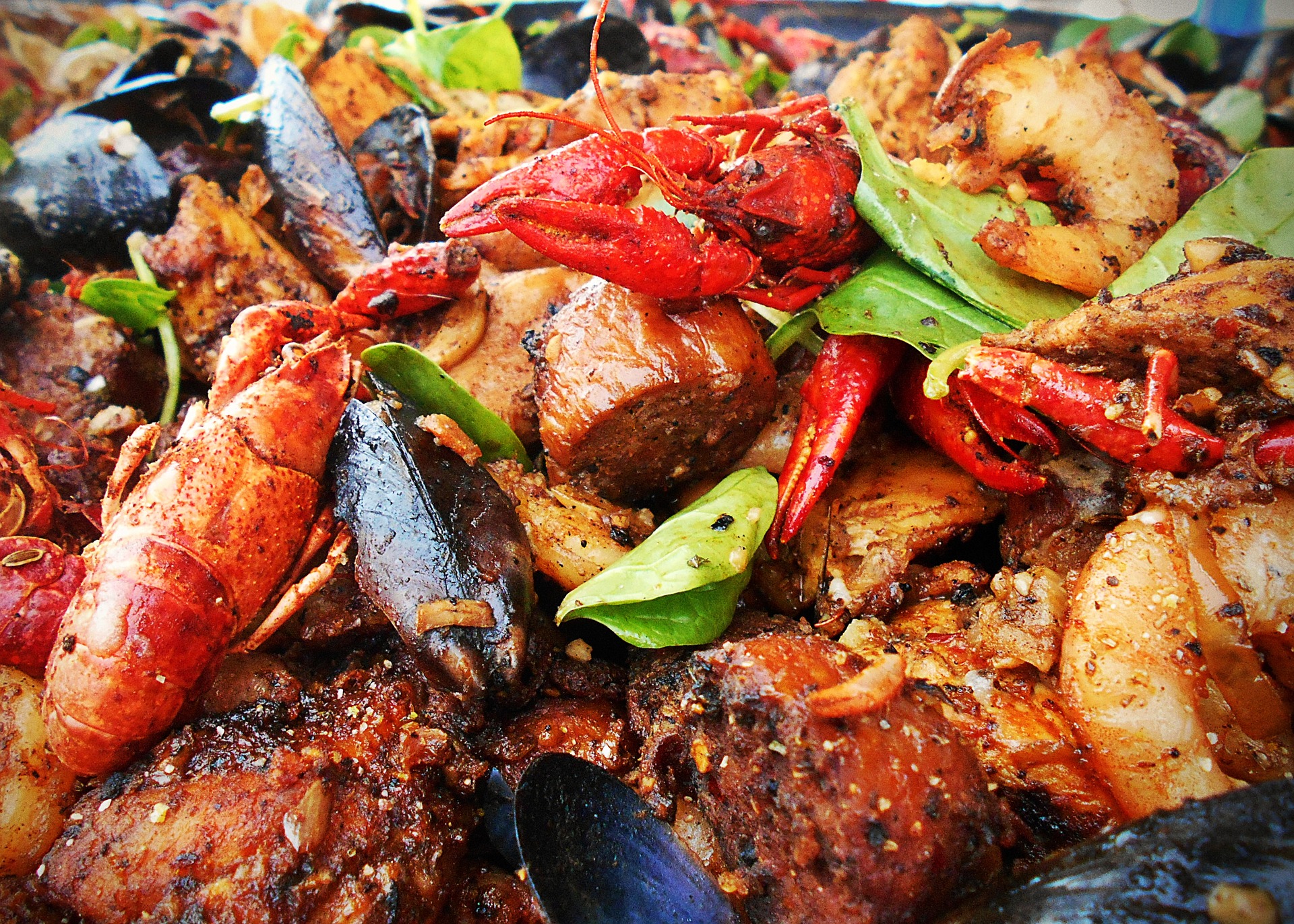Unveiling the Intriguing World of Praying Mantis as Pets
Praying mantises, known for their distinctive posture and predatory efficiency, have recently gained popularity as unconventional pets. This article dives into the fascinating world of mantis pet care, shedding light on the history, current trends, and practical considerations for those considering these captivating creatures as pets.

Praying Mantis: A Historical Overview
Praying mantises have a storied past that extends beyond their current status as pets. Originating over 135 million years ago, these insects have a rich history that includes cultural significance in many societies. In ancient Greece, they were seen as prophets, while in Chinese culture, they symbolized courage and boldness. Today, their reputation has evolved, and they are appreciated for their unique characteristics and behaviors, making them highly sought after as exotic pets.
The Rise in Popularity of Praying Mantis as Pets
In recent years, the demand for praying mantises as pets has surged significantly. This trend has been fueled by the desire for unique and low-maintenance pets. Praying mantises, with their minimal space requirements, fascinating behaviors, and relatively short lifespan (around a year), fit this bill perfectly. Additionally, their diverse species, each with its distinctive appearance, further adds to their appeal.
The Cost and Market Impact of Praying Mantis Ownership
A praying mantis pet typically costs between $10 and $50, depending on the species. This relatively low price, combined with minimal upkeep costs, has made them an accessible choice for many. However, it’s important to note that the rise in popularity of mantises as pets has raised concerns around illegal trade and potential impact on local ecosystems.
The Science Behind Praying Mantis Pet Care
Praying mantises are carnivorous insects, feeding mainly on other insects. Therefore, a significant part of mantis pet care involves providing a steady supply of prey. Additionally, they require a suitable habitat that mimics their natural environment, including appropriate temperature and humidity levels. Owning a mantis also involves careful handling due to their delicate exoskeletons.
The Future of Praying Mantis Pet Ownership
The popularity of praying mantises as pets is expected to continue rising, given their unique appeal and manageable care requirements. However, it’s crucial that prospective owners understand the responsibilities and ethical considerations involved in their care. Authorities are also taking steps to regulate the trade of exotic pets, including mantises, to safeguard wild populations and prevent ecological disruption.
In conclusion, the world of praying mantis pet ownership is intriguing and rewarding. These captivating creatures, with their rich history and captivating behaviors, offer a unique pet-owning experience. However, it’s important to approach this trend responsibly, ensuring the well-being of both the mantises and their natural habitats.





